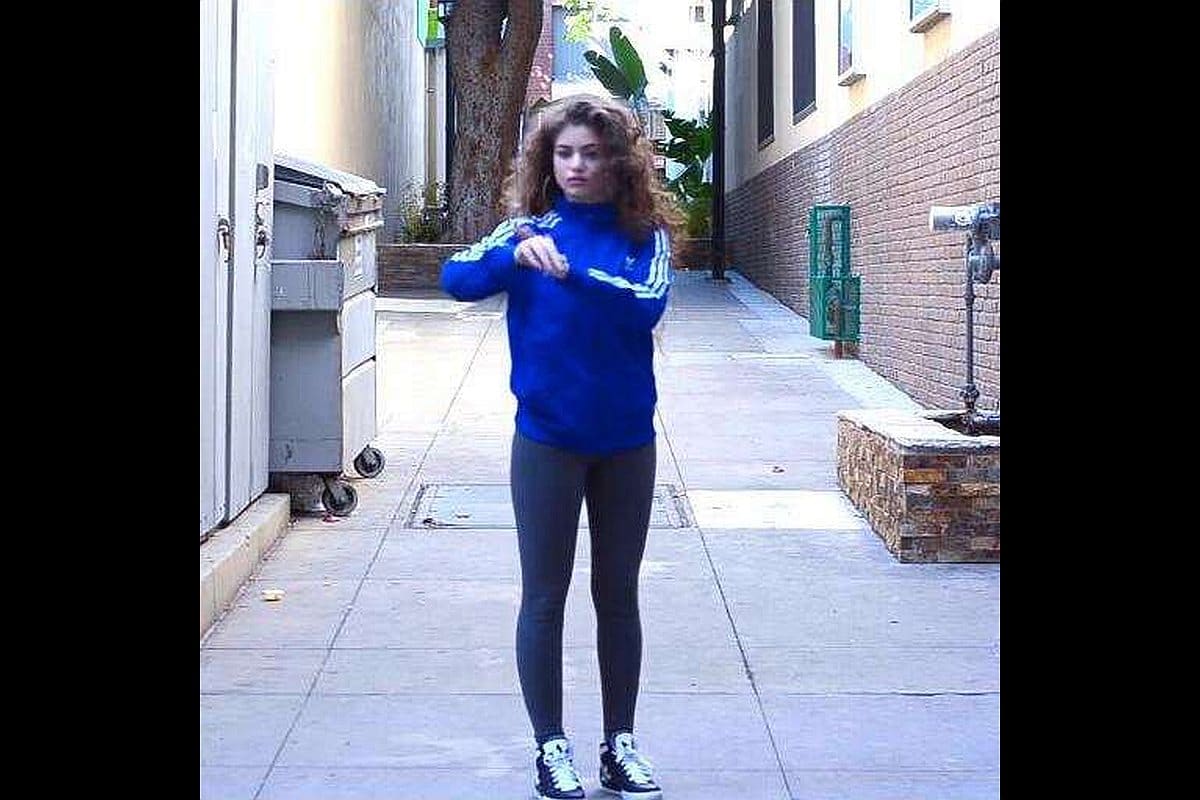Products You May Like
Virtual clothing trials are the next big thing that can bring fashion and technology together. Computer scientists all around the world are trying to experiment with deep-learning techniques that can be used to virtually dress a 3D avatar (digital versions of humans). Developments in this field are being made in India too. Two researchers at TCS Research India have come up with a deep learning technique called DeepDraper that can predict how clothing items will adapt to the contours of a person’s body. While this technology isn’t new, researchers claim that the new technique is more precise. Therefore, it allows a person to better understand how an item of clothing will look on their body.
This technique was presented at the International Conference on Computer Vision (ICCV) Workshop, this year.
Brojeshwar Bhowmick, one of the researchers behind DeepDraper, explained how the technique works.
“DeepDraper is a deep learning-based garment draping system that allows customers to virtually try garments from a digital wardrobe onto their own bodies in 3D,” he told TechXplore.
The virtual draping is done after analysing a photo or a short video of a customer to estimate their 3D body shape, pose, and body measurements. It gets data about a garment from the digital wardrobe of a seller. The tech feeds the customer’s physical estimates to a neural network that predicts how the garment will look on the person’s 3D avatar.
The researchers evaluated their DeepDraper technique in a series of tests that proved to be better and more realistic with their estimates. The system was also able to drape garments of different sizes on human bodies of all shapes and different various characteristics.
Bhowmick said, “Another important feature of DeepDraper is that it is very fast and can be supported by low-end devices such as mobile phones or tablets.” The researchers had wanted to create a lightweight system that required low memory and computational power so that it could run in real-time.
“DeepDraper is nearly 23 times faster and nearly 10 times smaller in memory footprint compared to its close competitor Tailornet,” Bhowmick said.
This feature would allow it to be used on online clothing websites.
Currently, DeepDraper drapes the outfit on a static human body. Researchers are planning to experiment with human movements and animated draping. They are also planning to improve the technology to drape loose and multilayered garments such as dresses, gowns, t-shirts with jackets, and more.
For the latest tech news and reviews, follow Gadgets 360 on Twitter, Facebook, and Google News. For the latest videos on gadgets and tech, subscribe to our YouTube channel.

